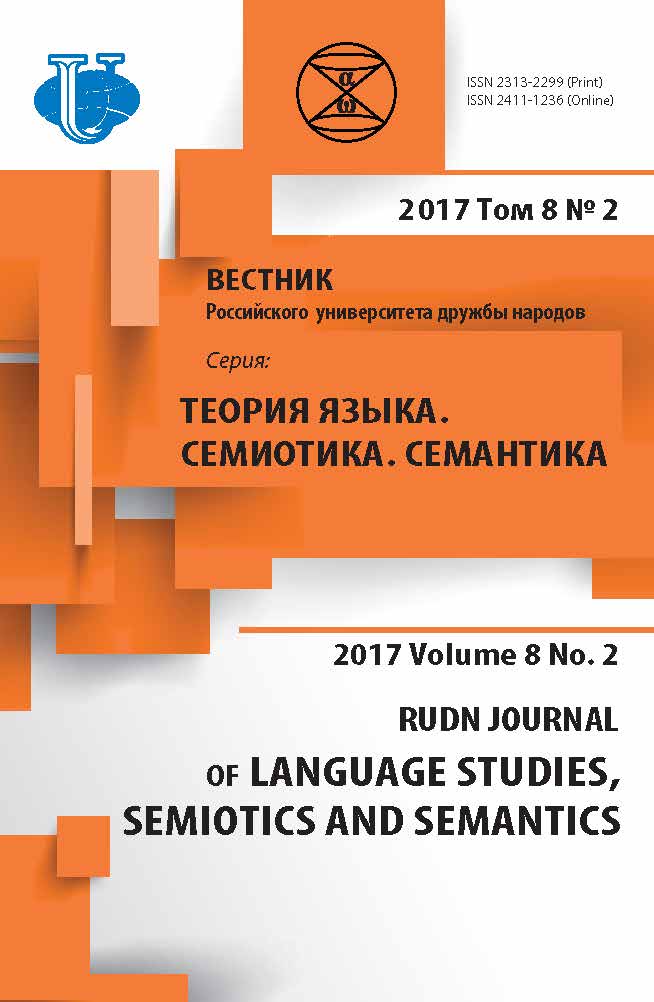Oriental Origins of Figurative Language of the French Ornamental Art in XVII- XVIII Centuries
- Authors: Tkach DG1
-
Affiliations:
- The Kosygin State University of Russia
- Issue: Vol 8, No 2 (2017)
- Pages: 440-447
- Section: Articles
- URL: https://journals.rudn.ru/semiotics-semantics/article/view/16354
- DOI: https://doi.org/10.22363/2313-2299-2017-8-2-440-447
Cite item
Full Text
Abstract
The XVII-XVIII centuries are the period of highest French applied art prosperity and its approval in Europe as a recognized standard. This was achieved as a result of the creative development of traditional European ornamental art by French masters, and due to the successful adaptation of oriental decor. The article reveals the peculiarities of figurative language of the East ornamental art, examines the symbolic meaning and the evolution of the most common ornamental motifs of oriental origin in the French decor in the XVII-XVIII centuries. It describes the primary sources, the emergence and development of chinoiserie oriental style in France, as well as the role of prominent French decorators in the formation of this style. The article reveals the value of chinoiserie figurative language as an organic part of the ornamental lexicon in Baroque and Rococo styles.
About the authors
D G Tkach
The Kosygin State University of Russia
Author for correspondence.
Email: tkach.dmitry@mail.ru
1, Malaya Kaluzhskaya str., Moscow, Russia, 119071
References
- Jacobson, D. (2004). Chinese style. Moscow: Iskusstvo — XXI vek.
- Hugues P. (1975). Langage du tissu. Paris: Autoedition.
- Jacqué J. (1995). Les motifs imprimés sur etoffes au XVIII-ème siécle et leur fortune critique. In: Le cotton et la mode. Paris. Lausanne.
- Alain, G. (1992). L`art decoratif en Europe. Classique et Baroque. Vol. II. Paris: ed. Citadelles et Mazenod.













